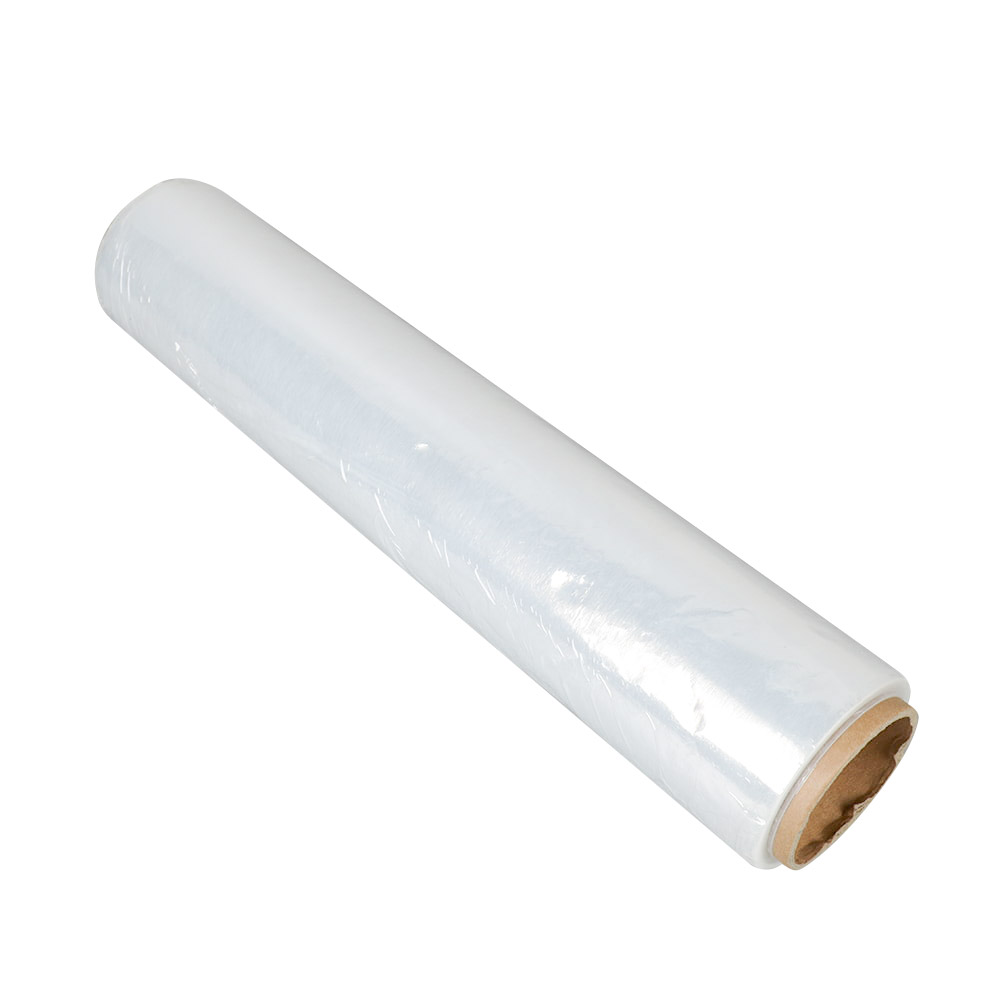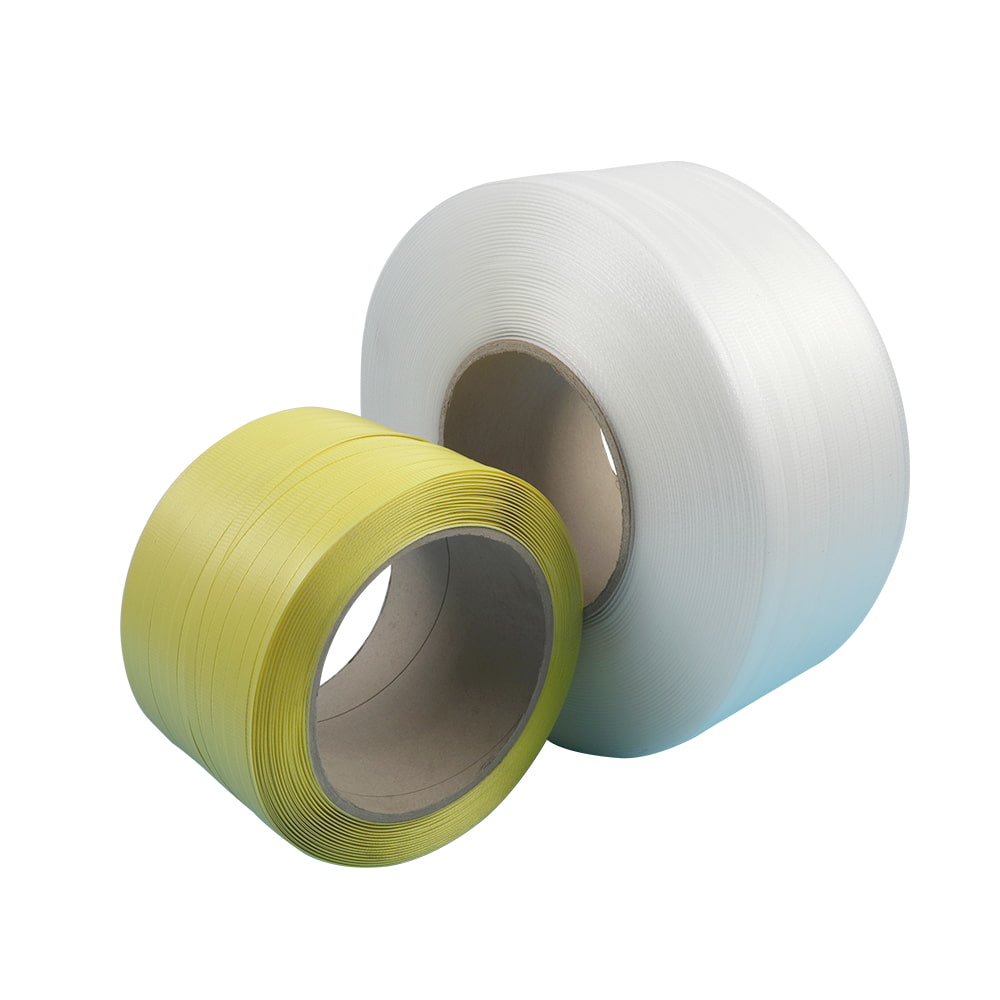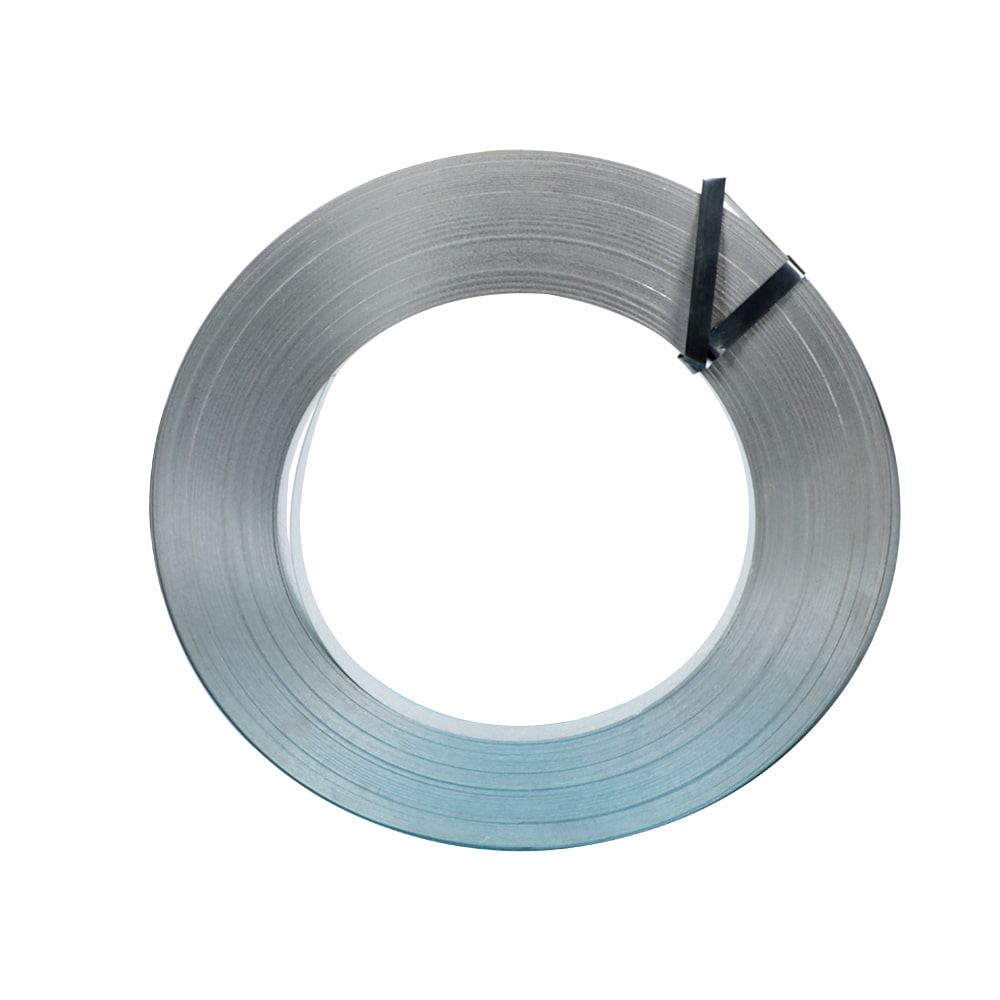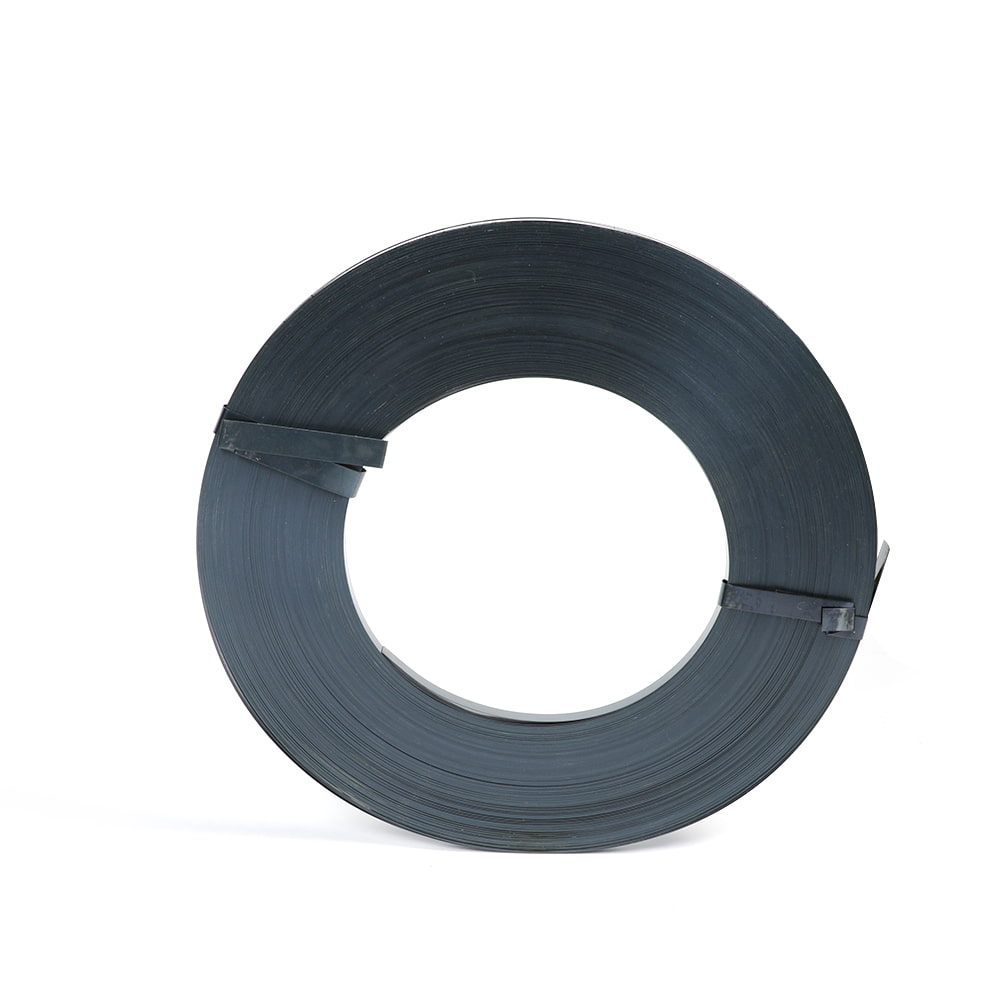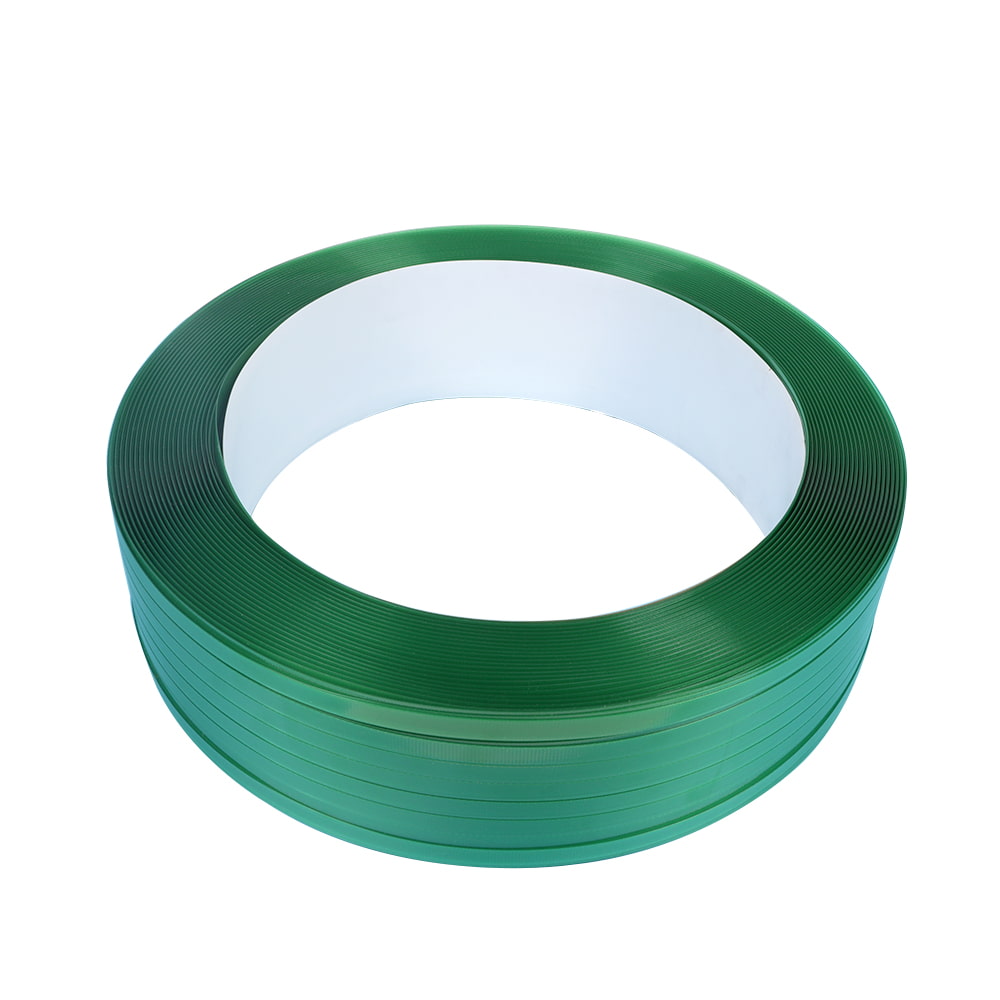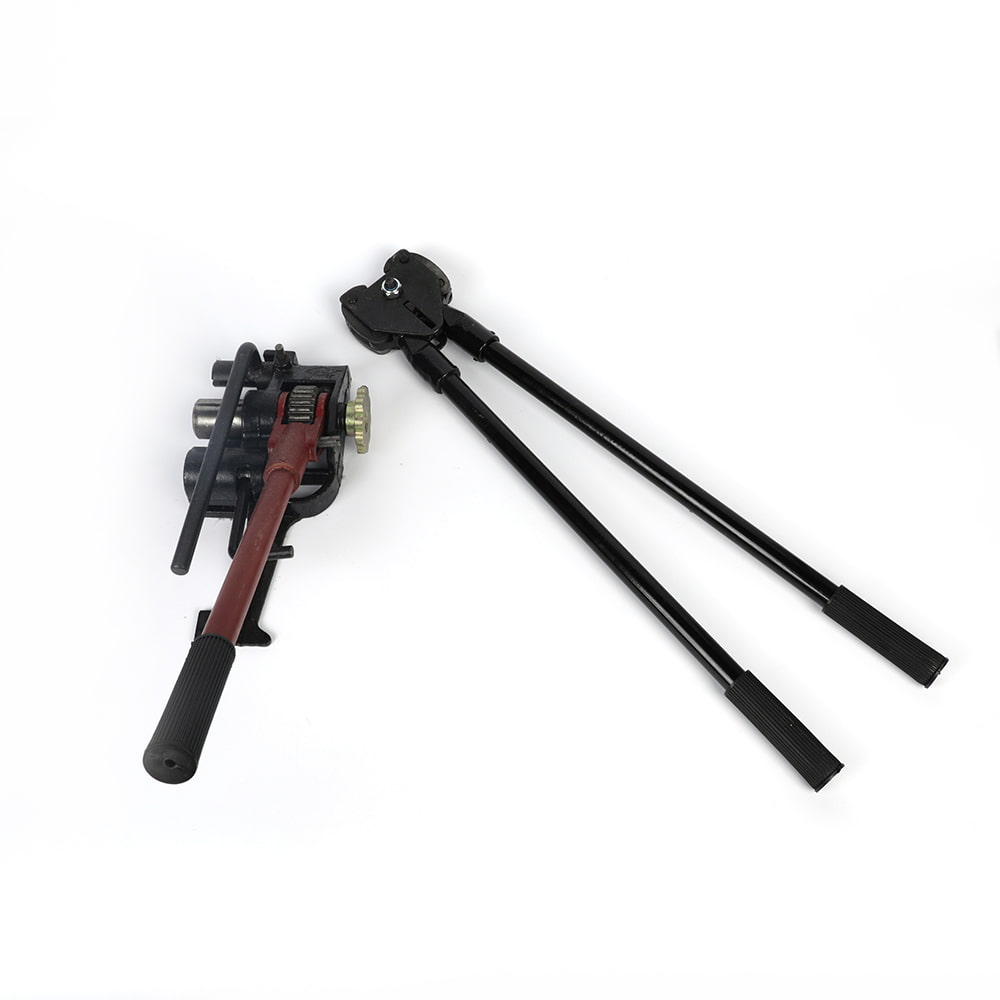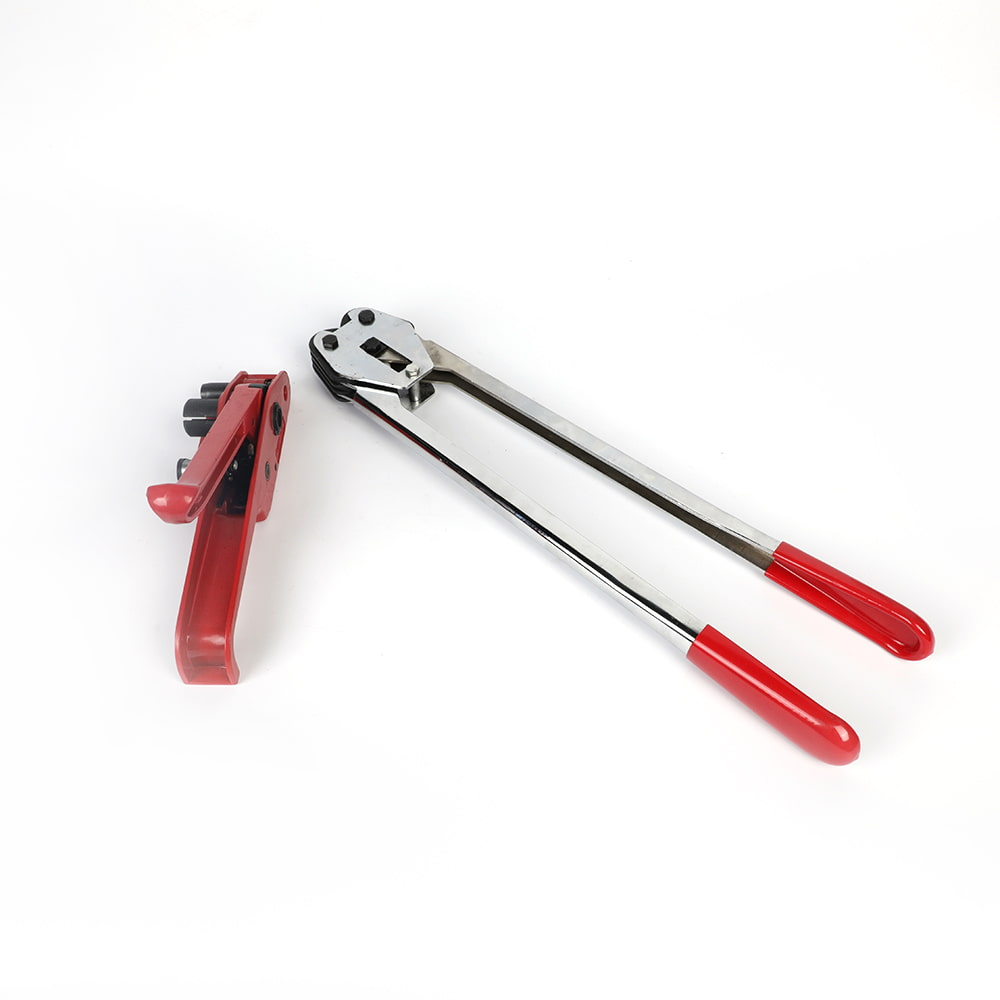What problems can occur with Steel Strapping Machines?
Steel strapping machines are vital workhorses in industries ranging from construction and lumber to metal fabrication and heavy palletizing. While robust and reliable when maintained, these machines can encounter operational issues that compromise strapping integrity, efficiency, and safety. Understanding common problems and their prevention is key to smooth operations.
1. Inconsistent Tension or Weak Straps:
- Problem: Straps applied too loosely fail to secure the load effectively, while excessive tension can damage the load or even the strap itself. Weak straps may break during handling or transit.
- Causes: Worn or improperly calibrated tension sensors, slipping tension gears, incorrect tension settings for the strap gauge/type, hydraulic system malfunctions (in hydraulic tensioners), or insufficient air pressure (in pneumatic systems).
- Prevention: Regular calibration checks according to manufacturer specs, consistent use of quality strap within the machine's rated capacity, routine inspection and lubrication of tensioning mechanisms, ensuring correct air pressure/hydraulic fluid levels.
2. Sealing/Jointing Failures:
- Problem: The seal (weld or crimp) holding the strap ends together fails, causing the strap to come loose. This is a critical failure point.
- Causes: Dirty, worn, or misaligned sealing jaws; incorrect temperature settings (for friction welders); incorrect pressure settings; worn or damaged sealing dies; contamination (oil, grease, rust) on the strap at the seal point; using strap incompatible with the sealing method (e.g., paint or coating interfering with welding).
- Prevention: Daily cleaning of sealing jaws and dies, regular inspection for wear or damage and timely replacement, strict adherence to recommended settings for strap type and gauge, ensuring strap is clean and dry at the seal point, using compatible strapping materials.
3. Strap Feeding/Jamming Issues:
- Problem: Strap fails to feed smoothly from the coil into the machine, kinks, or jams during the feed or tensioning cycle, causing stoppages.
- Causes: Improperly mounted or damaged coil (causing unwind issues), worn or damaged feed wheels, misaligned feed guides, excessive friction in feed path (dirt, burrs on guides), strap memory (coil set) causing it to twist or kink, incorrect strap width/thickness for the machine guides.
- Prevention: Proper coil mounting and handling, regular cleaning of feed path and guides, inspection and replacement of worn feed wheels and guides, using strap with minimal memory or conditioning it before use, ensuring strap dimensions match machine specifications.
4. Mechanical Wear and Component Failure:
- Problem: Over time, critical components wear down, leading to decreased performance, noise, vibration, and eventual breakdown. Common points include gears, bearings, bushings, rollers, and cutting blades.
- Causes: Normal operational wear and tear, lack of lubrication, exposure to abrasive dust/debris, overloading the machine, metal fatigue.
- Prevention: Strict adherence to the manufacturer's lubrication schedule using recommended lubricants, regular visual inspections for unusual wear or noise, avoiding operation beyond the machine's rated capacity, prompt replacement of consumable parts like blades and seals.
5. Operator Error and Misuse:
- Problem: Incorrect operation can lead to many of the problems above and pose safety risks. This includes incorrect settings, forcing the machine, using damaged strap, or bypassing safety features.
- Causes: Insufficient training, lack of clear operating procedures, complacency.
- Prevention: Comprehensive initial operator training, readily available and clear operating manuals, regular refresher training, enforcing safety protocols, and fostering a culture of proper equipment use and maintenance.
The Importance of Proactive Maintenance:
The most effective strategy for minimizing problems with steel strapping machines is a proactive maintenance program. This includes:
- Scheduled Maintenance: Following the manufacturer's maintenance schedule meticulously for lubrication, inspection, and part replacement.
- Daily Checks: Operators performing basic checks (cleanliness, air pressure, obvious wear) before starting.
- Record Keeping: Logging maintenance activities, issues encountered, and parts replaced to track machine health.
- Quality Consumables: Using high-quality steel strapping and genuine manufacturer-recommended replacement parts designed for the specific machine model.

 EN
EN 
 English
English 中文简体
中文简体

